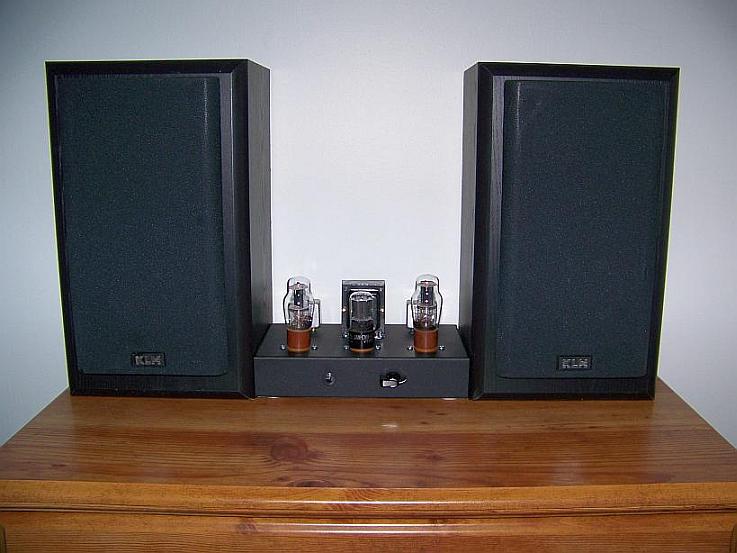 by EWBrown » Thu Apr 10, 2008 11:33 am
by EWBrown » Thu Apr 10, 2008 11:33 am
Nibblers are a real pain in the a..., er, hand (and wrist)....
I'll use them on aluminum, but not on steel, unless one wants to develop a major case of Carpal Tunner Syndrome :o or else end up with "Popeye" looking forearms... Yellow_Light_Colorz_PDT_04
Another trick I use for the black powder-coated steel chassis, is to cover the top and sides with the blue "painter's" masking tape, and then mark that up, and then do your center punching. The blue tabpe is good, because it doesn't leave behind any adhesive residue goo.
The tape can be left in place, if there is no drilling to be done in a given area, and the tape serves to protect the finish from minor nicksches, but NOT major drill bit "slip & gouge" incidents Yellow_Light_Colorz_PDT_21
I've used the "conduit" Greenlee punch set, in cases where I needed a 7/8 inch or 1 3/32 inch diameter hole, and the larger diameter ones are just the right size for mounting the James 6112 /6113 /6115 OPTs. These punches also have a ball-bearing driving screw, so it makes the job easier, less friction to overcome...
/ed
Real Radios Glow in the Dark


